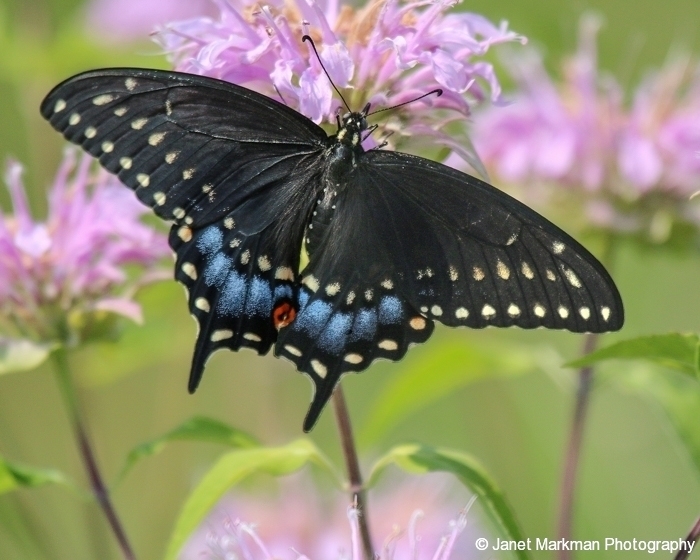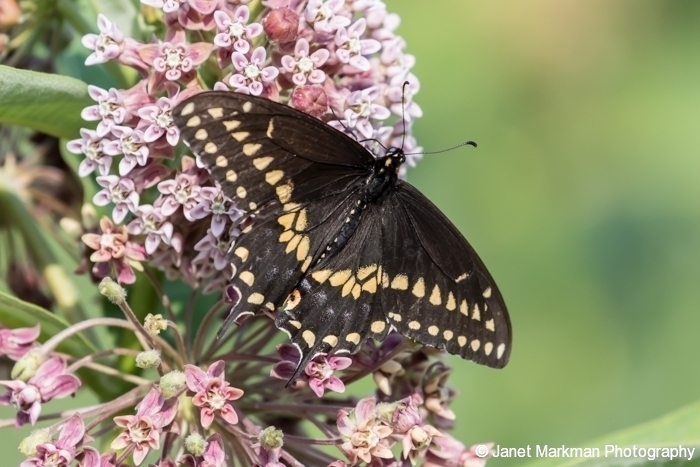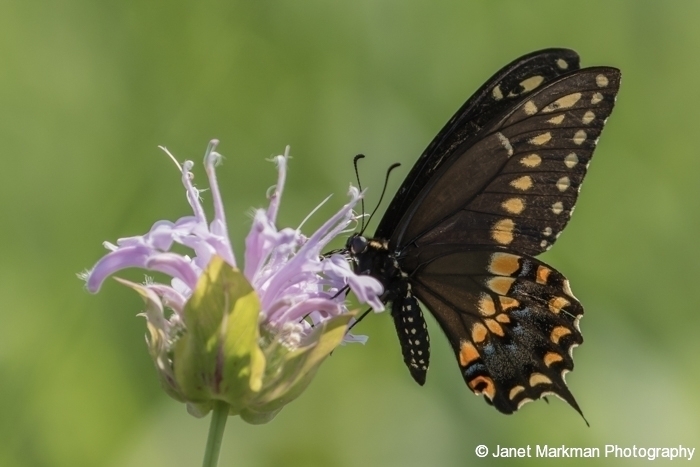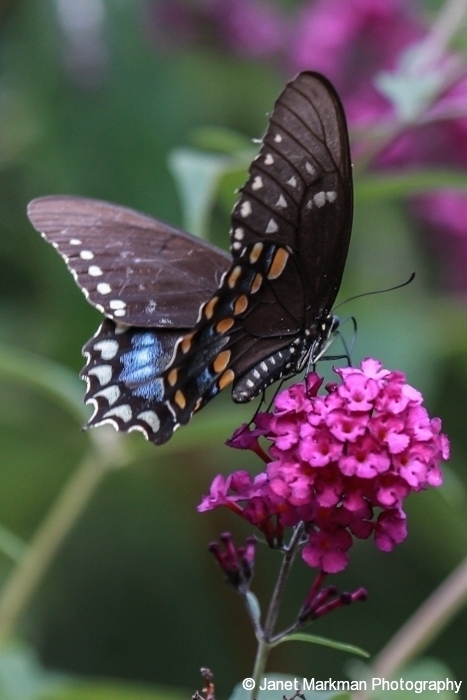Black Swallowtails have taken residence in many of our parks which have special pollinator gardens, and feed on nectar typically found in these gardens. Two excellent areas to find these butterflies are the Hilltop Reservation Meadow and Great Piece Meadows in Essex County, which have many of the plants these butterflies feed on – notably Queen Anne’s lace.
Since the Black Swallowtail spend its entire lifecycle in New Jersey, you many wonder where do these butterflies go during the winter months. Well Mother nature anticipated that, and provided our newest State Butterfly its very own “New Jersey Guide to Living Year ‘Round”. The Black Swallowtail overwinters in New Jersey in its chrysalises (pupa) form – that is, it goes into a state of diapause – an insect’s version of hibernation. Diapause is triggered by shorter days and cooler temperature (if only we had the luxury to do this), and will begin to emerge in April and can be seen through October.




3 Comments
Great blog entry about a NJ nature star! Those pictures are beautiful!
I can see you love nature, and your photos are gorgeous!
I didn’t know about our state butterfly, so thanks for sharing that info 🙂
I can see you love nature, and your photos are gorgeous!
I didn’t know about our state butterfly, so thanks for sharing that info ?